MBR knowledge
- Categories:News
- Author:
- Origin:
- Time of issue:2021-12-22
- Views:0
(Summary description)In the field of sewage treatment and water resource reuse, MBR, also known as membrane bioreactor, is a new type of water treatment technology that combines membrane separation unit and biological treatment unit. There are many types of membranes, which are classified according to the separation mechanism, including reaction membranes, ion exchange membranes, permeable membranes, etc.; Structural type classification, there are flat type, tube type, spiral type and hollow fiber type.
MBR knowledge
(Summary description)In the field of sewage treatment and water resource reuse, MBR, also known as membrane bioreactor, is a new type of water treatment technology that combines membrane separation unit and biological treatment unit. There are many types of membranes, which are classified according to the separation mechanism, including reaction membranes, ion exchange membranes, permeable membranes, etc.; Structural type classification, there are flat type, tube type, spiral type and hollow fiber type.
- Categories:News
- Author:
- Origin:
- Time of issue:2021-12-22
- Views:0
In the field of sewage treatment and water resource reuse, MBR, also known as membrane bioreactor, is a new type of water treatment technology that combines membrane separation unit and biological treatment unit. There are many types of membranes, which are classified according to the separation mechanism, including reaction membranes, ion exchange membranes, permeable membranes, etc.; Structural type classification, there are flat type, tube type, spiral type and hollow fiber type.
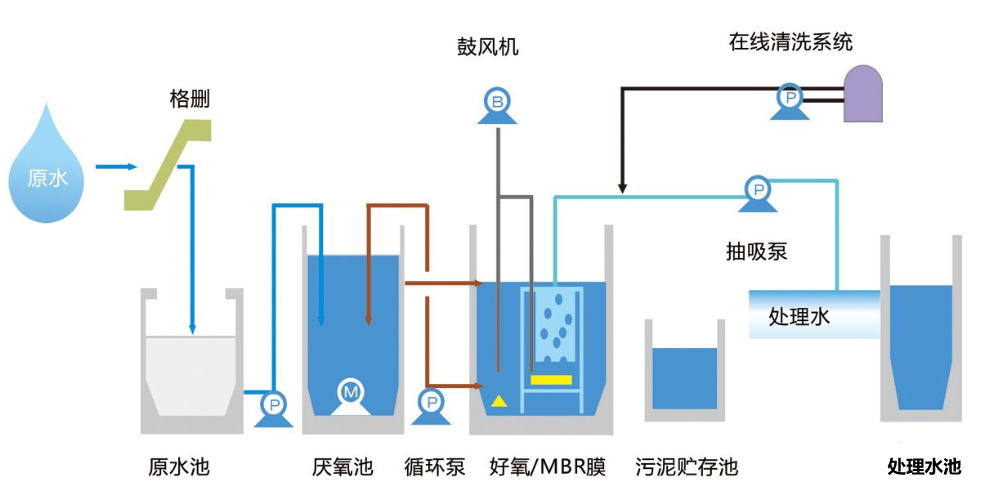
Membrane-bioreactor is mainly composed of membrane separation module and bioreactor. The commonly mentioned membrane-bioreactor is actually a general term for three types of reactors:
1. Aeration Membrane Bioreactor (Aeration Membrane Bioreactor, AMBR);
2. Extractive Membrane Bioreactor (EMBR);
3. Solid/Liquid Separation Membrane Bioreactor (Solid/Liquid Separation Membrane Bioreactor, SLSMBR, MBR for short).
Compared to many traditional biological water treatment processes, MBR offers the following key advantages:
1. High quality and stable effluent quality
Due to the high-efficiency separation effect of the membrane, the separation effect is much better than that of the traditional sedimentation tank. The treated effluent is extremely clear, the suspended solids and turbidity are close to zero, bacteria and viruses are greatly removed, and the effluent quality is better than that issued by the Ministry of Construction. (CJ25.1-89), which can be directly reused as non-drinking municipal miscellaneous water.
At the same time, the membrane separation also makes the microorganisms completely trapped in the bioreactor, so that the system can maintain a high concentration of microorganisms, which not only improves the overall removal efficiency of pollutants by the reaction device, but also ensures good effluent quality. The device has good adaptability to various changes of influent load (water quality and water quantity), is resistant to impact load, and can stably obtain high-quality effluent quality.
2. Less excess sludge output
The process can operate under high volumetric load and low sludge load, with low excess sludge output (theoretically, zero sludge discharge can be achieved), reducing sludge treatment costs.
3. Small footprint, not limited by setting occasions
The bioreactor can maintain a high concentration of microorganisms, the volume load of the treatment device is high, and the floor space is greatly saved; the process is simple, compact in structure, and occupies a small area, which is not limited by the installation site, and is suitable for any occasion. Into ground, semi-underground and underground.
4. Can remove ammonia nitrogen and refractory organic matter
Since the microorganisms are completely trapped in the bioreactor, which is beneficial to the trapped growth of slow-proliferating microorganisms such as nitrifying bacteria, the nitrification efficiency of the system is improved. At the same time, the hydraulic retention time of some refractory organics in the system can be increased, which is beneficial to the improvement of the degradation efficiency of the refractory organics.
5. Convenient operation and management, easy to realize automatic control
This process realizes the complete separation of hydraulic retention time (HRT) and sludge retention time (SRT), and the operation control is more flexible and stable. more convenient.
6. Easy to transform from traditional crafts
This process can be used as an advanced treatment unit of traditional sewage treatment process, and has broad application prospects in the fields of advanced treatment of urban secondary sewage treatment plant effluent (thus realizing a large amount of urban sewage reuse).
The classification basis and classification of membranes:
1. Membrane material
( 1) Polymer organic membrane materials: polyolefin, polyethylene, polyacrylonitrile, polysulfone, aromatic polyamide, fluoropolymer, etc.
The cost of organic membranes is relatively low, the cost is cheap, the manufacturing process of the membrane is relatively mature, the pore size and form of the membrane are also more diverse, and the application is wide, but the operation process is easy to pollute, the strength is low, and the service life is short.
( 2) Inorganic membrane: It is a kind of solid membrane, which is a semipermeable membrane made of inorganic materials, such as metals, metal oxides, ceramics, porous glass, zeolite, inorganic polymer materials, etc.
The inorganic membranes currently used in MBR are mostly ceramic membranes. The advantages are: it can be used in the environment of pH=0~14, pressure P<10MPa, temperature <350 ℃, its flux is high, energy consumption is relatively low, and it has great competitiveness in high-concentration industrial wastewater treatment; Disadvantages are: high cost, alkali resistance, low elasticity, and certain difficulties in the processing and preparation of membranes.
2. Membrane pore size
The membranes used in the MBR process are generally microfiltration membranes (MF) and ultrafiltration membranes (UF).
Commonly used polymer materials for microfiltration membranes are: polycarbonate, cellulose ester, polyvinylidene fluoride, polysulfone, polytetrafluoroethylene, polyvinyl chloride, polyetherimide, polypropylene, polyetheretherketone, Polyamide etc.
Commonly used polymer materials for ultrafiltration are: polysulfone, polyethersulfone ( PES), polyamide, polyacrylonitrile (PAN), polyvinylidene fluoride, cellulose ester, polyetheretherketone, polyimide, polyetheramide, etc. .
In order to facilitate industrial production and installation, improve the working efficiency of the membrane, and achieve the largest membrane area within the unit volume, the membrane is usually assembled in a basic unit device in some form, and under a certain driving force, the various components in the mixed solution are completed. Group
Scan the QR code to read on your phone
-- Recommend --












Shijiazhuang Tianwang Environmental Protection Technology Co., Ltd.
Shijiazhuang Tianwang Environmental Protection Technology Co., Ltd. is a high-tech enterprise specializing in the research and development, manufacturing and sales of water treatment equipment.
Contact information
Production address: No. 9, Fengchan Road, Economic and Technological Development Zone, Shijiazhuang City
Office Address: 25th Floor, Block C, No. 310 Changjiang Avenue, Shijiazhuang High-tech Development Zone
Contact number:
Copyright ©2022 Shijiazhuang Tianwang Environmental Protection Technology Co., Ltd. 冀ICP备13019843号-1 Powered by 300.cn SEO
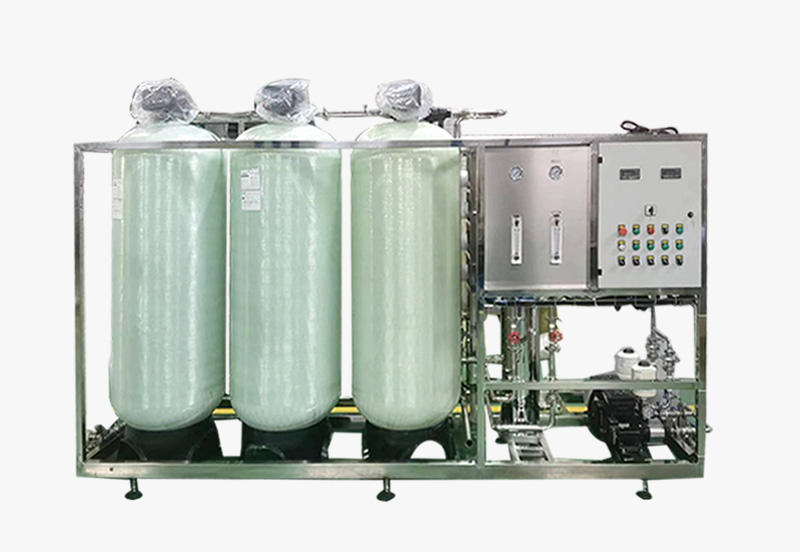
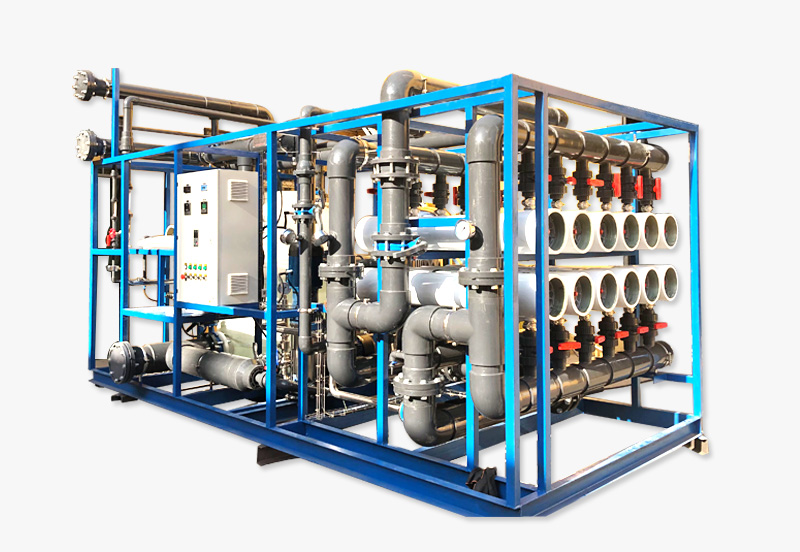
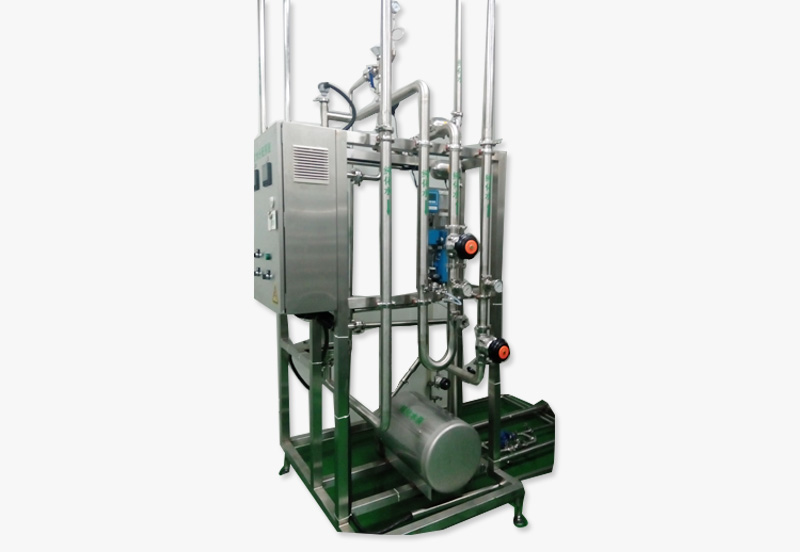
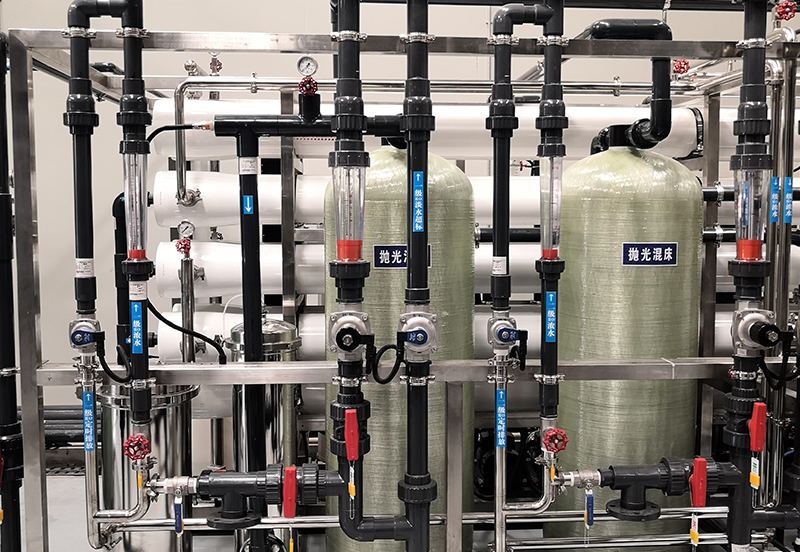
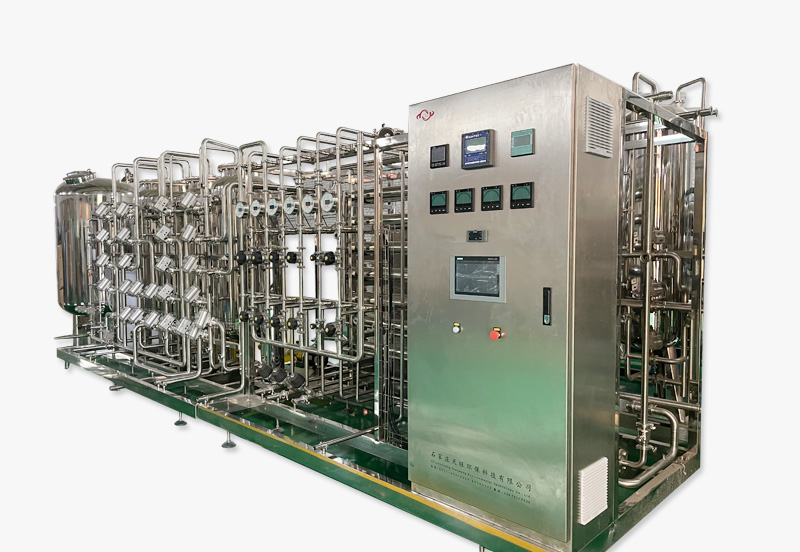
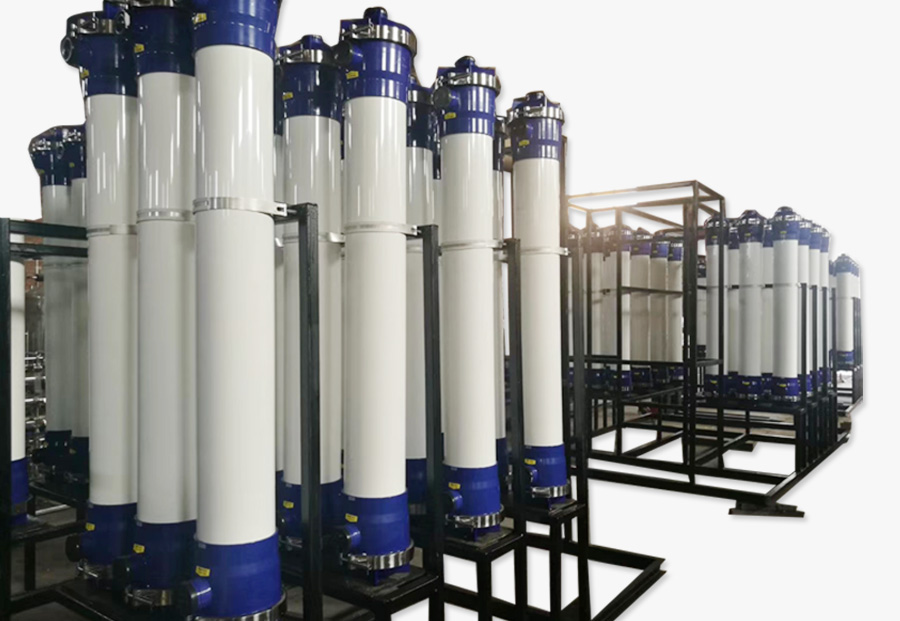

 0311-89272359
0311-89272359


 Message
Message
 Message
Message
